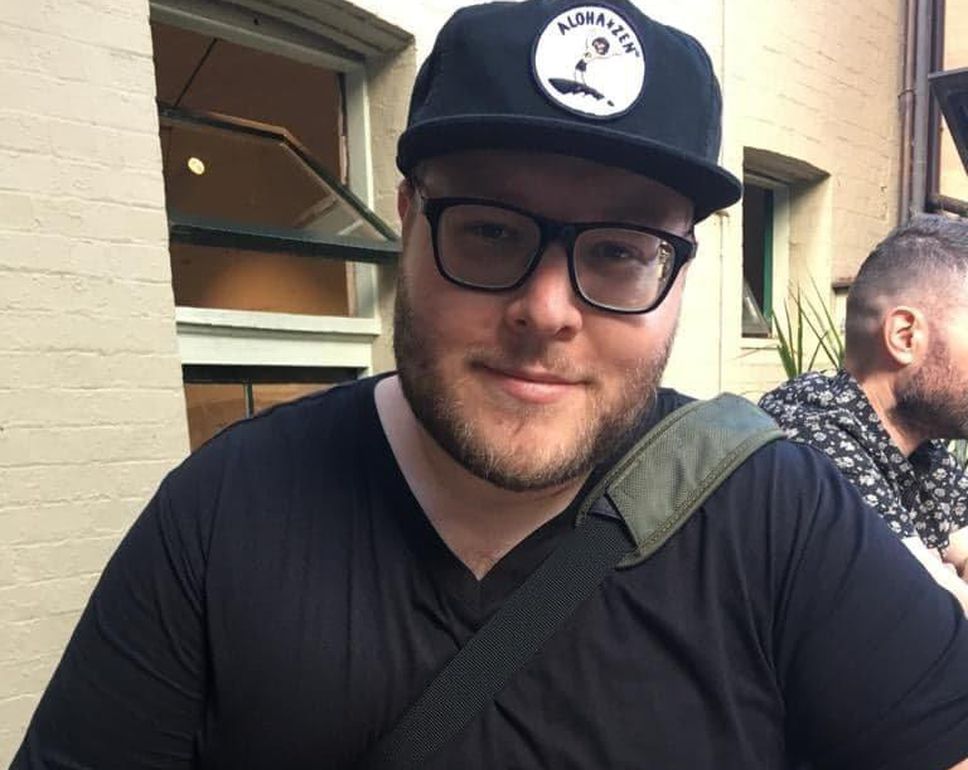Over the next 10 years, the population of the Toronto area will hit 8 million people. How will the city handle the rapid growth and fill its ever-increasing employment needs?
Already experts are pointing to a talent gap in Toronto — too few people to fill the jobs needed in information technology, the skilled trades and health care. Experts warn that without government, industry and schools working together, those skills gaps could grow even bigger by 2030, exacerbated by retiring baby boomers, Toronto’s high cost of living and lingering bias against blue-collar work. So what can the city do to retain talent and attract skilled workers?
We asked five people why they left Toronto to pursue work opportunities. Their reasons shed light on what Toronto could do to hold on to talent. Here’s what they had to say.
Ryan Radersma, 25
Left Toronto for: Los Angeles in 2017
Works in: Film and TV industry as a marketing producer
Why did you leave?
I had no choice! Toronto is my favourite city in the world, but after having sent out hundreds of applications to jobs I was qualified for without receiving even a single callback, I reached out to contacts I had made during a previous internship in L.A., and was able to score an interview on the very first job I applied for here. I’ve spent three years in L.A. now; I continue to apply for jobs in Toronto hoping to one day be able to move back … without success. Meanwhile, it’s a completely different world here — recruiters in the media industry reach out to me regularly to offer interviews I can’t accept due to my very limited work visa. I hope one day to be able to do what I love in my home country, but unless some drastic expansion of the Canadian media industry occurs, it doesn’t seem likely. And it’s a shame.
Samuel Yuen, 25
Left Toronto for: Apple, Cupertino, Calif., in 2017
Works in: Consumer electronics and technology as a product design engineer
Why did you leave?
Primarily, I left Toronto and moved to California because the Bay Area simply offers better opportunities in tech — both in terms of quantity and quality of opportunities when compared to what can be found in Toronto. It doesn’t even feel like it comes close. I found this especially true for hardware and product development jobs (electrical and mechanical engineers).
The available positions are much more compelling in the Bay Area in terms of both total monetary compensation as well as the opportunity to work on interesting and challenging projects or problems with large scope and impact. There’s also a good variety of tech companies, all of varying sizes, to choose from and work at. This gives me more flexibility in terms of career development, growth, and where I want to go next.
Another reason I left is because most of my friends from university also moved down to the Bay Area when we graduated. I think they also left Toronto for better opportunities and it’s way easier to move to a brand-new place with people you already know and hang out with. Lastly, I like being outdoors and I find that there are a lot more things to do in California (surf, ski, hike, etc.) and you’re a lot closer to the mountains! And I can’t complain about the weather in California.
Mecha Clarke, 28
Left Toronto for: Ghana in 2018, has returned, but is planning to go back
Works in: Art, graphic design and UX/UI experiential design as a volunteer
Why did you leave?
While my (former design) job was very rewarding, as I worked with great people and on very impactful projects, I had wanderlust and felt the strong desire to get out of Toronto for a bit. Although an extended vacation was my first thought, I quickly remembered that I would still need to be able to financially support myself and develop my skills, so I reached out to a non-profit volunteer organization whose objectives aligned with my vision for my first overseas volunteering experience. Working closely with the program co-ordinators, we were able to come up with a custom mandate geared toward building the capacity of a local NGO in Ghana in the areas of graphic design, website design, creative writing and more.
Something I think about now that I’m back in Toronto is how saturated the graphic design field is here versus the complete lack of that industry in Ghana, a country that prioritizes STEM occupations. Finding a design job in Toronto is a very strenuous task and, unfortunately, really feels like it’s entirely about who you know. In Ghana, my skills were a major asset to the organization and I secured many freelance projects that definitely had the potential to become full-time positions had I been interested. I do have plans to go back.
Eva Konca, 30
Left Toronto for: London, U.K., in 2015
Works in: Fashion and HR as a resourcing specialist
Why did you leave?
I felt there weren’t many opportunities in Toronto within the fashion industry and London was recommended to me by a few friends and acquaintances who had moved there (from Toronto). I was also curious to see what the lifestyle was like in Europe.
The main reason I moved was because of the opportunities to connect and network in Europe in the fashion field that wouldn’t be accessible or as rich in Toronto. Now I’m very well connected in the industry and can find work easily.
Chris Plosaj, 33
Left Canada for: Hong Kong in 2015
Works in: Digital strategy and e-commerce as a design and development specialist
Why did you leave?
I felt undervalued as a designer. The design industry is more mature in Canada, but there is also an oversaturation of designers. Also, Hong Kong provides a much better salary, less taxes.
I also left to have fun and to challenge myself and gain a new career perspective. In Hong Kong you often compete with the best and working in Asia I’ve learned more in a year than I did in three years working in Canada. Things move at a much different pace here.
Also, a big reason is Hong Kong’s approach to hiring. Many companies in my industry actively seek to hire some expat employees and everyone works through recruitment agencies. In fact, it’s pretty much the only way to get a job here and it means that you constantly have a network of recruiters and are being regularly approached about work opportunities. In fact, on a random holiday in Hong Kong, I met a recruiter that helped me find a job here and move within the same year. The rest is history.
Disclaimer: I lived in Hong Kong as a kid for some time, and although moving back here didn’t feel as familiar as you might expect, it was a bit easier to find work since I didn’t need a work visa.
One Toronto. Two possible futures. Ten years to get it right. Toronto has never been bigger, bolder and more successful – or faced so many serious problems. To attract talent and grow sustainably, we need to address the city’s transportation, affordability and infrastructure needs. If we ignore these threats, the inner city buckles. It’s time to start thinking about solutions.
TORONTO 2030: TEN YEARS TO GET IT RIGHT
Over the next year, the Star will tackle the biggest problems preventing our city from realizing its true potential
It’s 2020 and Toronto has never been bigger, bolder and more successful — or faced so many serious problems.
The next 10 years will transform our city into one of two possible futures.
In the first, we invest in the city’s transportation, housing and infrastructure needs. Torontonians find affordable places to live, the transit system works, green spaces flourish and talented workers flock to the city, increasing tax revenues — which leads to more investment.
In the second scenario, politicians squabble, we ignore the city’s needs and Toronto buckles, straining to cope with congestion, overwhelmed infrastructure and housing that’s out of reach for most.
The Greater Toronto Area’s population is projected to hit 8 million by 2030, it will be 10 million by 2045.
If we want a safe, livable city we need to start thinking about solutions now.
Over the coming year, the Star will take on a different challenge each month, turning to the brightest minds in the city to propose practical solutions that will make Toronto a better place to live.
THE ISSUES WE LOOK AT WILL INCLUDE:
februaryThe talent gap
marchTransportation gridlock
aprilGreening our environment
mayThe housing problem
juneInvesting in infrastructure
julyTechnology for the masses
augustLabour and the new economy
septemberMaking Toronto affordable
octoberSafety and crime
novemberWhy taxes aren’t working
decemberPulling it all together
What kind of Toronto would you like to see in 2030? Tell us your vision for the future at thestar.com/toronto2030 and #toronto2030.














 Maziar Moini, Broker of Record - Home Leader Realty Inc.
300 Richmond St. W., #300, Toronto, ON M5V-1X2
Maziar Moini, Broker of Record - Home Leader Realty Inc.
300 Richmond St. W., #300, Toronto, ON M5V-1X2



